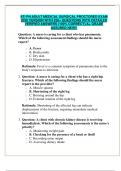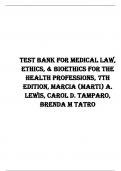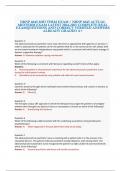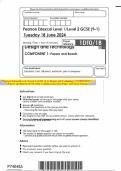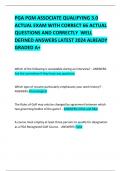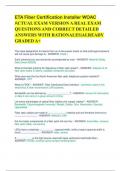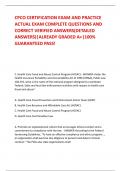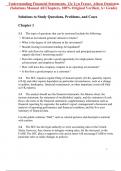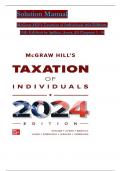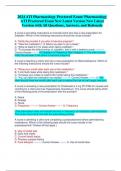Exam (elaborations)
ATI PN ADULT MEDICAL SURGICAL PROCTORED EXAM 2020 VERSION WITH 250+ QUESTIONS WITH DETAILED VERIFIED ANSWERS (100% CORRECT)/A+ GRADE ASSURED NEW!!
- Course
- Institution
ATI PN ADULT MEDICAL SURGICAL PROCTORED EXAM 2020 VERSION WITH 250+ QUESTIONS WITH DETAILED VERIFIED ANSWERS (100% CORRECT)/A+ GRADE ASSURED NEW!!
[Show more]
